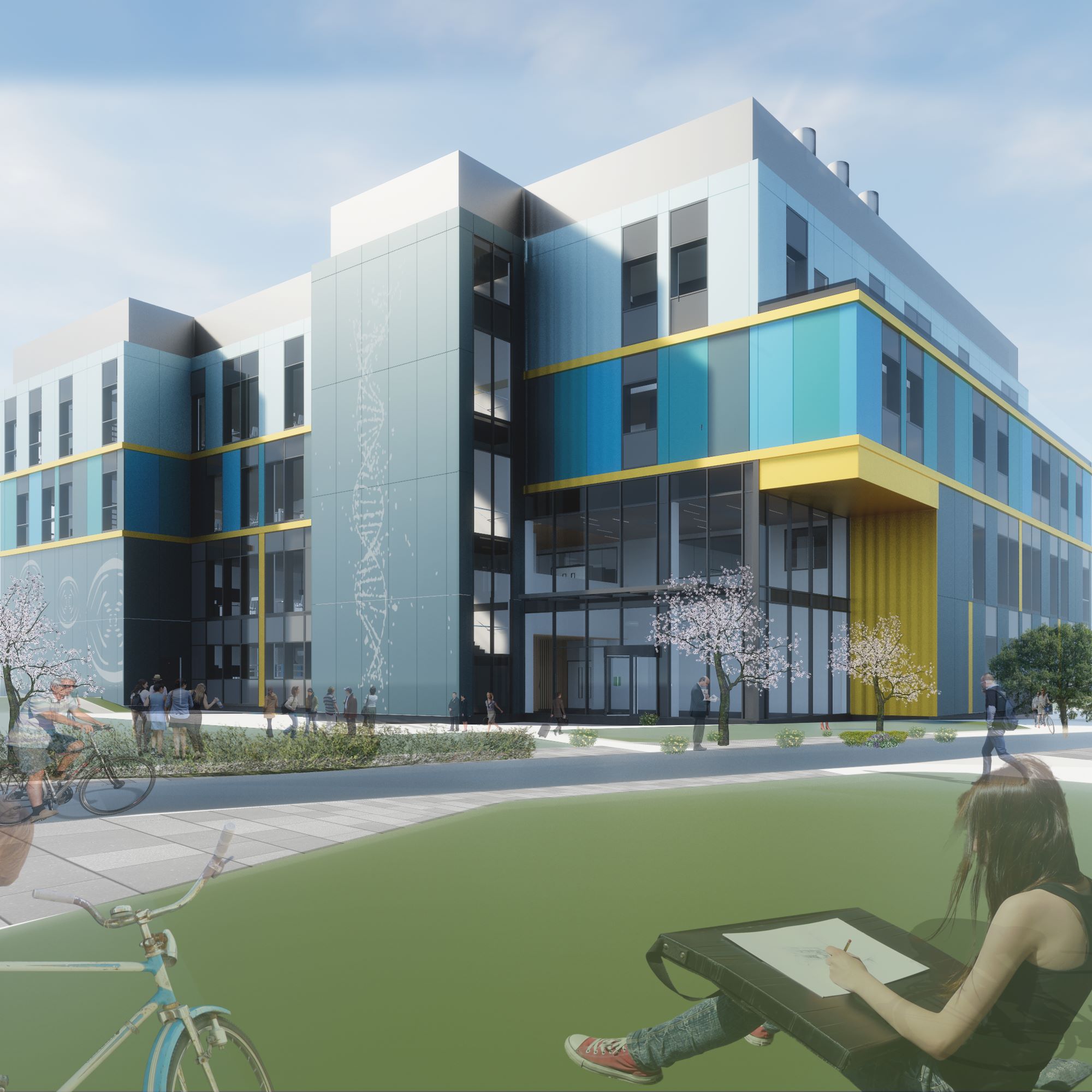
New technology to revolutionise drug development will be created at Harwell
The search for new medicines to combat diseases more effectively could be revolutionised through a new £30 million five-year electron microscopy project, announced today by Thermo Fisher Scientific and the Rosalind Franklin Institute (RFI).
The project will see the creation of a new imaging technique based on cryogenic electron tomography (cryo-ET). Cryo-ET builds up a 3D image from multiple 2D images of samples that have been flash frozen at temperatures below -180oC. Although cryo-ET already exists, it can currently only handle small samples, such as parts of cells, and often requires in-house expertise.
This new technology will enable scientists, for the first time, to see how a drug works within a patient at a cellular level, or the molecular processes set in motion by a genetic mutation. The technology will create 3D images of cells at extremely high resolution to transform understanding of diseases and has the potential to re-define how new medicines are designed.
“Around 80 percent of new drugs fail when they reach clinical trials because we don’t fully understand their effects within a living organism”, commented Professor James Naismith, lead researcher and Director of the RFI. “We’re currently able to identify genes and proteins that play a role in diseases but can only study these in detail in isolation, not as part of a whole cell or group of cells. This new technology would be the first to allow us to do that, so we can see the full effects of a drug and identify at a much earlier stage what will work and what will not.”
Talking about the aims of the collaboration, Mike Shafer, president of materials and structural analysis at Thermo Fisher Scientific commented:”Our combined goal is to make this technique widespread so scientists and researchers in academic institutions and the bio-pharmaceutical industry can better understand disease mechanisms at the cellular level, leading to faster drug discovery and cures for neuro-degenerative diseases, cancers and other debilitating illnesses.”
The long-term aim of the project is to bring the technology closer to the clinic so it can be used in both research hospitals and laboratories but the challenges around the project are formidable. It will require the invention of new techniques for preparing and handling samples of human tissue that are less than a hundredth of the thickness of human hair. It will involve the design of new electron microscopy techniques to speed up the imaging process and collect the huge amount of data created. New software and machine learning technology will need to be developed to process this data in order to create and interpret the 3D images.
To tackle the challenges, Thermo Fisher Scientific and RFI will be working with an impressive array of expertise from the different research partners located at Harwell Campus including the Diamond Light Source, the UK’s national synchrotron facility which includes one of the largest industrial cryo-electron microscopy sites in the world.